|
Stopping by Woods on a Snowy Evening Robert Frost (1923) Whose woods these are I think I know. His house is in the village though; He will not see me stopping here To watch his woods fill up with snow. My little horse must think it queer To stop without a farmhouse near Between the woods and frozen lake The darkest evening of the year. He gives his harness bells a shake To ask if there is some mistake. The only other sound's the sweep Of easy wind and downy flake. The woods are lovely, dark, and deep. But I have promises to keep, And miles to go before I sleep, And miles to go before I sleep. When I was in primary and secondary school, we had to memorize this poem, along with some of the other classics of American and English poetry. We learned a few famous monologues from Shakespeare, as well as fragments of Longfellow, Keats, Shelley, Wordsworth and Poe. Although it wasn’t taught in school, I also memorized poems by Langston Hughes and other African American poets that my wonderfully educated mother also loved. I’ve always appreciated and cherished the way words move us and have long been fascinated by both the power of words and the flow of poetry. That’s probably one of the reasons why I became a writer, always striving to have that flow myself – that wonderful superpower that is able to inspire, teach and move us to emotion and action. As a youngster, albeit as a rather solitary bookwormy kind of kid, Frost’s poem stuck in my mind much more than many of the others. To this day, probably fifty-some years after it was drummed into my head, I still remember 90% of this poem. The only two lines I had forgotten were “The only other sound’s the sweep/Of easy wind and downy flake.” I don’t think I’ll forget those in the future, now that I now know again what they are. I think that the reason I remember this poem, as well as Frost’s equally famous “The Road Not Taken,” is because I could picture them so easily and well. I grew up in rural upstate New York, which is not much different in topography than Frost’s beloved New England. I could very easily picture woods filling up with snow because I had seen them. As a child, I used to wander by myself in the woods near our home. We owned 254 acres of land, which lay mostly around and behind our house, just outside of the village limits. The land came with the house, a miracle of happenstance in the country for us city folk. For a child who spend her first six years in St. Albans, Queens, we had all the land in the world, all sitting there waiting for us to explore. No one worried about predators of any kind in those formative years. Parents would let the kids out in the morning to play and not expect them back for hours. You learned to be careful, and there were places we weren’t allowed to go alone, like the creek, but other than that – we were free to wander and make our own fun. My younger brother and I would explore all day, unafraid of anything except those big, scary, black and yellow spiders that wove large webs across the untended landscape. We had our dog Tip with us, and we were free to pick wild strawberries, raspberries and black berries in the summer and apples and pears in the fall. It was a great life. My brother was fond of tree houses and forts. He and my dad built a treehouse in a huge leafy maple in the middle of a small wood. I preferred the forests themselves. The land we owned was farm and grazing land for hundreds of years. Our house was probably built in the 1850s or early 1860s, but the land had been parceled out in many places in our small village since the years after the Revolutionary War. Even as a child, I found it fascinating how miles and miles of stone walls had been laid all across the landscape. These walls divided fields, formed property lines, and even ran through forests, as the woods grew beyond the boundaries of the walls. Comprised of ancient river rocks and slate, they ran for miles, from 24 to 36 inches tall. The builders used no mortar, just perfectly stacked stone of all shapes and sizes. They were generally untended and were mostly in amazing shape. It must have taken generations, with nothing other than a wagon of gathered stone, perhaps a surveyor’s tool, and sheer manpower. I was most intrigued by the walls in the woods. I would follow them for miles. Once I came upon a foundation of a small cabin, now just a jumble of rocks. A lilac bush still bloomed on the side. Was this a hunting cabin? Or a place for making maple syrup? The home of a tenant farmer or Colonial settler? Was it even on a map? The curious historian was being formed even then. I loved the plants and trees in the woods. We learned the names of common woods plants in school, so I could recognize different kinds of ferns, ivy and trilliums. I knew my oaks, my maples and cherry trees, birches, honey locust and butternut. There were also long-needled pines, which were the scrub trees taking over fields, and long-forgotten orchards of pears and apples. There weren’t that many tall pines, so when you saw one, it stood majestically above many of the others. “The woods are lovely, dark, and deep.”
Yes, they were. I loved them. I didn’t worry about bears or drug dealing child molesters in the woods, there were none. There was just me, my dog, sometimes my brother and the forest. I never got lost because I did have enough sense to always keep the edge of the woods in sight. We only wandered into the really deep woods when my father was with us. I know now that he probably had no clue either, but he was our Dad, and would always find the way home. Once we found a large cabin in the deep forest. We could never manage to find it again, but people in town were familiar with its existence. I have no idea who actually owned it. It was a wonderful mystery. How long was it there? Who built it? Who did it belong to? Whose land was it on? Ours? There was a story there, to be sure. I loved the dappled sunlight coming through the trees, and the soft surface of the ground, as one stepped a mossy loam of years’ worth of fallen leaves and branches. I loved the smell of growing things and shady flowers. The woods were beautiful, yet mysterious and awesome. They had secrets, but not scary ones. They were a friendly place for a girl who had very few friends. To this day, I am still fascinated by woods. I often take Amtrak from Albany to NYC. Since trains can be a great place for contemplation, I often just look out the window. On those times I sit on the inland side of the train I can see what’s facing the magnificent Hudson River. The train goes through a lot of woods as it winds through the Hudson River Valley. If the train is going slowly enough, I can see into the woods. Some are friendly looking, inviting you in for a conversation with nature. Others are hugely overgrown with dead trees, swampland and all-consuming vines that choke the trees and form a curtain of green leaves that block out the sun. Those aren’t my woods. “Whose woods these are I think I know.” When we had to recite these poems, we did so with the heavy meaning bored kids give all such memorization – “Whozwoodsiesare?” Yeah, whatever. But as a child, I knew whose woods they were. They were mine. They were my inspiration and my artistic palette for words and stories to come. And no matter where I am, and how few woods I get to walk in and explore now, they will always be mine, with many miles to go before I sleep.
7 Comments
Debora Jackson
6/25/2019 09:01:31 am
Oh......that was beautiful.
Reply
Carolyn Bronson
6/25/2019 11:21:47 am
I loved it Suzanne! You are a wonderful writer!
Reply
Laurie Partridge
6/28/2019 02:00:26 pm
This piece is beautiful. Thanks.
Reply
Laura Minsky
6/28/2019 07:34:44 pm
Beautiful, Suzanne. I get more impressed with every piece of yours I read.
Reply
Ellen Adler
5/16/2020 08:35:37 am
Love the warmth and friendliness you regard these woods with.
Reply
1/17/2024 06:37:56 am
What is the meaning or context behind the statement 'Whozwoodzeesare? I Thought I Knew – They Were Mine,' and how does it reflect the speaker's perspective or emotions? Greeting : <a href="https://sas.telkomuniversity.ac.id/en/">Telkom University</a>
Reply
5/14/2024 09:24:21 pm
Nice for information
Reply
Leave a Reply. |
AuthorMy name is Suzanne Spellen. I've been many things: a writer, historian, preservationist, musician, traveler, designer, sewer, teacher, and tour guide; a long time Brooklynite and now, a proud resident of Troy, NY. Archives
February 2019
Categories
|
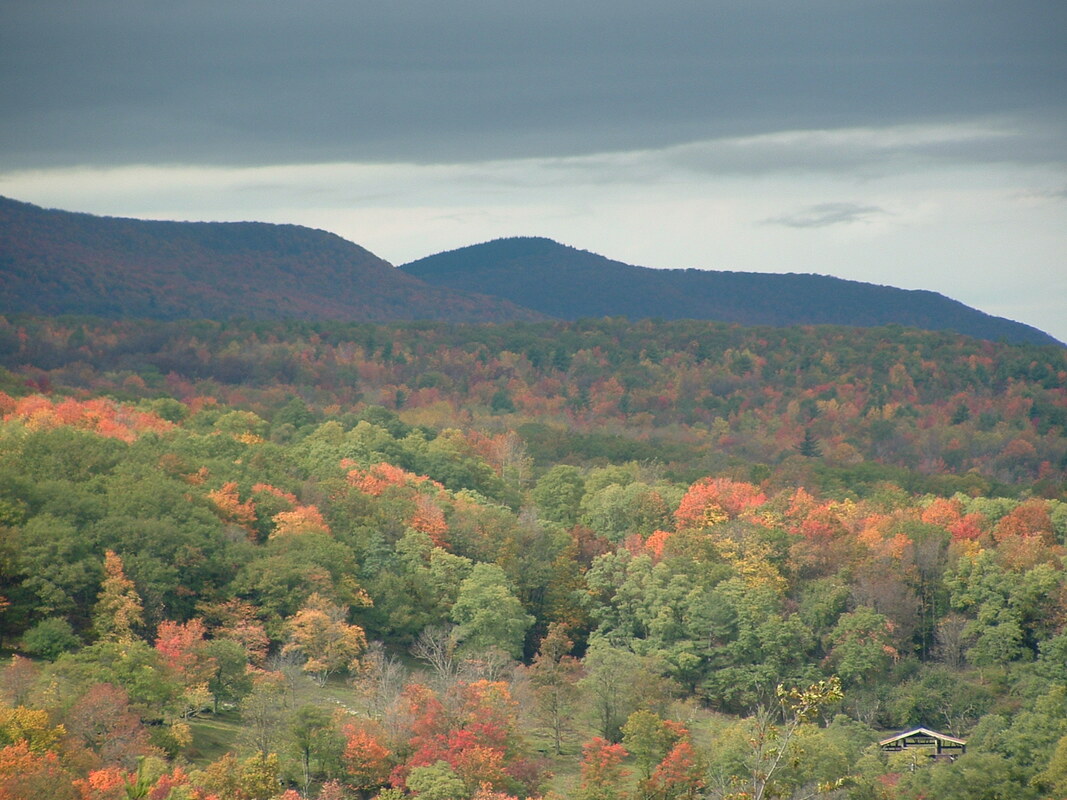
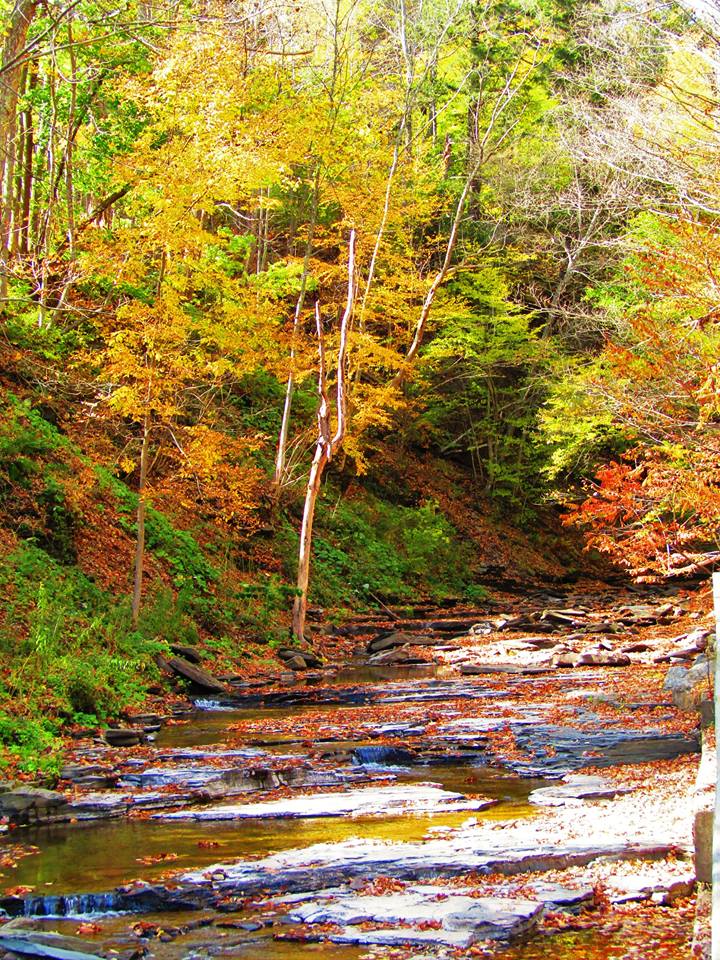
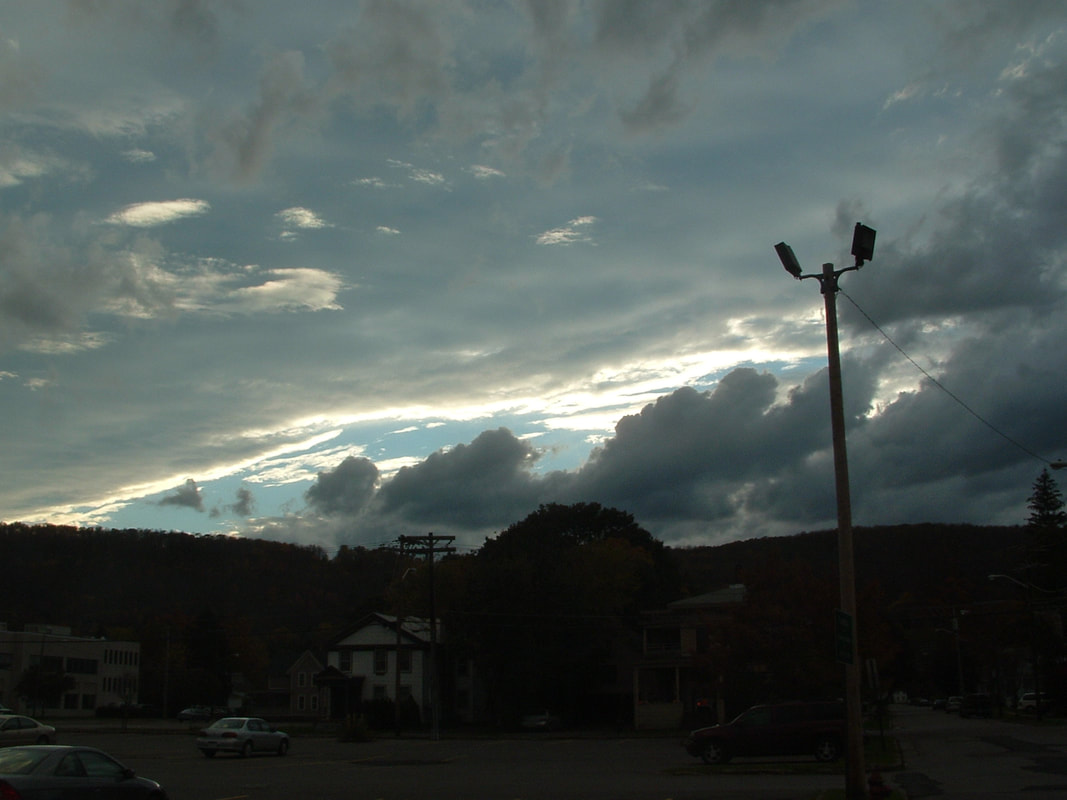
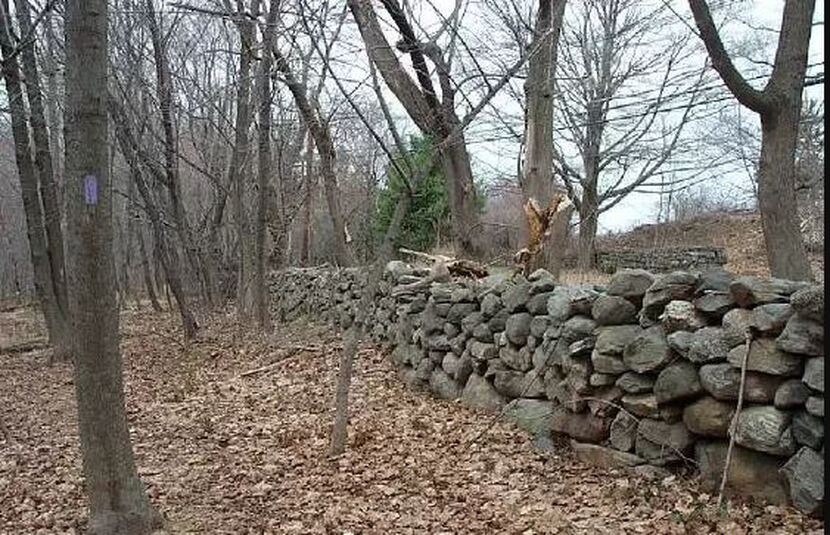
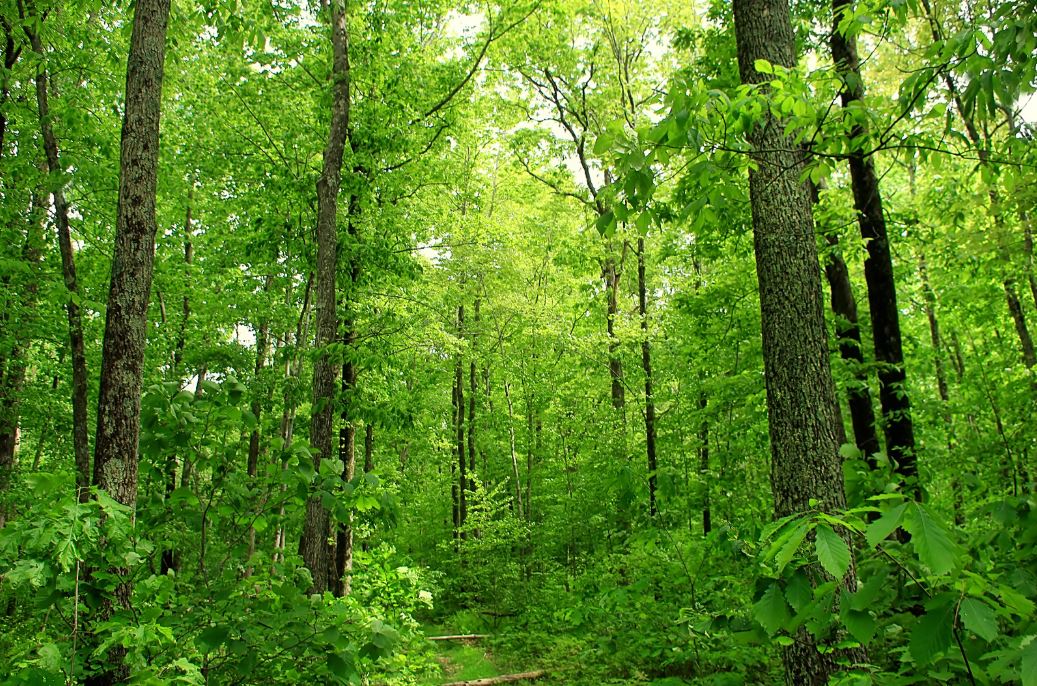

 RSS Feed
RSS Feed
